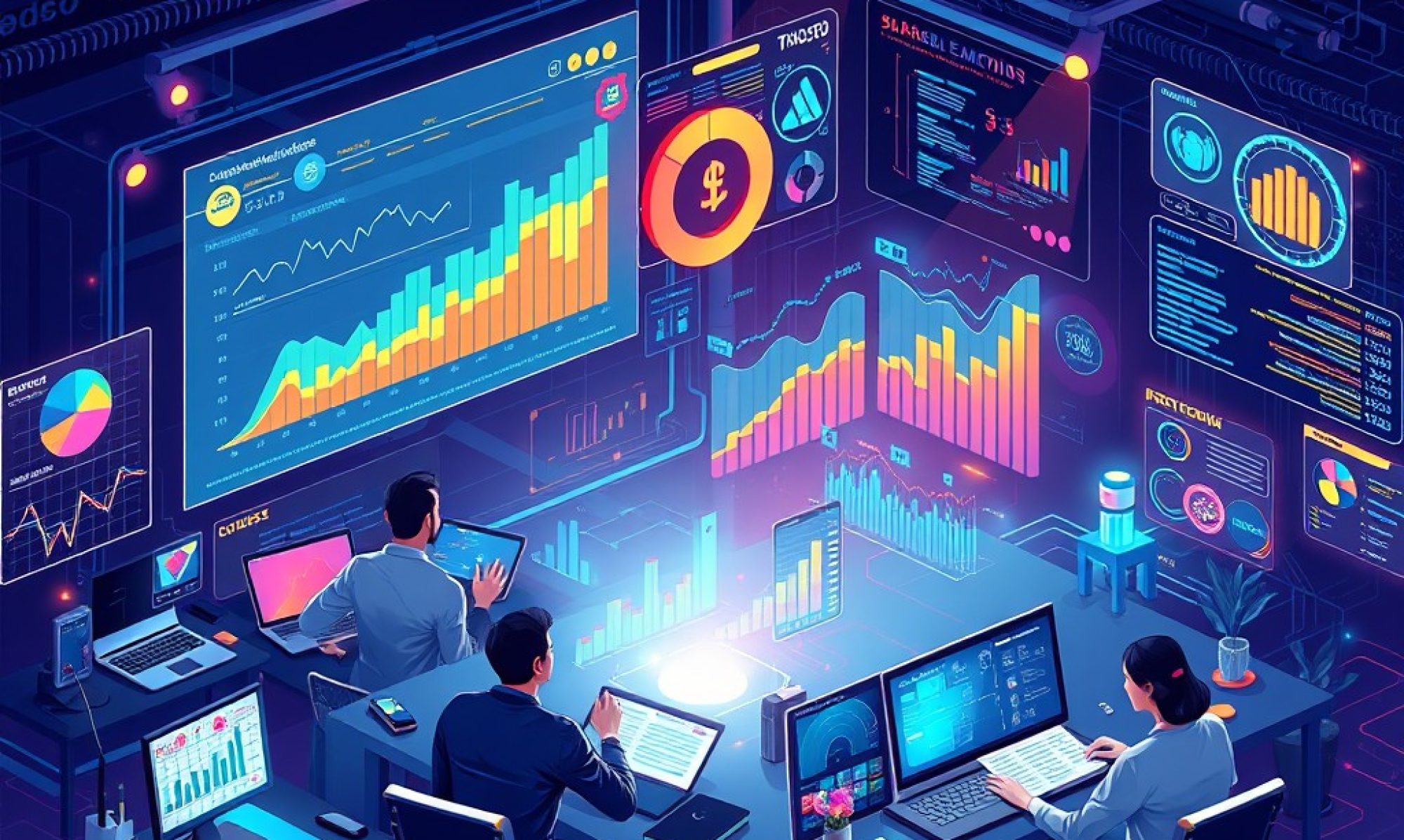CDAIO.org is the premier resource hub for Chief Digital, Data, and AI Officers. We provide expert insights, best practices, and actionable strategies to help you navigate the evolving landscape of digital transformation, data-driven decision-making, and AI innovation. Elevate your role, optimize business performance, and drive sustainable growth.
Core Values
Mission-Driven Thought Leadership Hub for Chief Digital, Data, and AI Officers
Value Propositions
CDAIO.org serves as the premier knowledge and community platform for senior data and AI leaders, delivering value through:
Knowledge Leadership: We provide curated, high-quality insights and resources that help Chief Digital, Data, and AI Officers navigate complex organizational challenges. Our thought leadership covers emerging trends, best practices, and innovative approaches in data and AI leadership.
Community Building: We foster a trusted peer network where senior leaders can share experiences, challenges, and solutions in a confidential environment. This creates a unique space for authentic dialogue and collaborative learning.
Professional Development: We support the growth and evolution of the CDO/CAIO role through structured learning pathways, mentorship opportunities, and leadership development resources.
Research and Standards: We advance the field by conducting original research, developing frameworks, and establishing best practices that help organizations maximize the value of their data and AI initiatives.
About
I am Srinivasan Sankar, founder of this thought leadership organization CDAIO. My 30-year career as a visionary executive has been defined by a commitment to leading data-driven transformations. This includes more than a decade of experience as Chief Data Officer within the banking and insurance industries. I consider myself a pioneer in AI innovation, having spearheaded groundbreaking advancements that have driven transformative change across global organizations. My journey has taken me to all seven continents, enriching my perspective and shaping my leadership approach. From spearheading transformative initiatives at top-tier consulting firms like McKinsey and Accenture to mentoring diverse teams, I have consistently delivered impactful results through my expertise in strategy, management, engineering, governance, and analytics.
Currently, I split my time between Boston, Dubai, and Chennai, where I continue to shape the future of AI. I advise enterprise CDOs, CDAIOs, and CIOs on all things Data and AI. I’ve had the privilege of sharing my insights as a keynote speaker at prestigious institutions including the United Nations, MIT, Harvard, and Tufts, as well as numerous CDO and CAIO conferences. My global experiences and unwavering commitment to harnessing the power of AI and data for societal betterment drive me to inspire the next generation of leaders and innovators. I am truly passionate about the potential of technology to make a positive impact on the world.
Blog
Are You Ready for AGI? The AI Revolution Is Closer Than You Think – And It’s Been Years in the Making
Imagine a world where artificial intelligence surpasses human capabilities in almost every task. Sounds like science fiction, right? But according to Ben Buchanan, former special advisor for artificial intelligence in the Biden White House, this reality, known as Artificial General Intelligence (AGI), is likely just 2-3 years away. Yes, you read that correctly. This might …
Microsoft’s AI Masterplan: How Work Will Never Be the Same (and What You Need to Do Now)
The Inbox is Dead. Meet Your New AI Command Center. Imagine a world where your workday isn’t spent drowning in emails, but directing AI agents like a CEO overseeing a team. Satya Nadella just declared this future inevitable—and Microsoft is building it right now. In a groundbreaking 75-minute deep dive, Nadella didn’t just announce AI tools; …
5 Hard Truths About AI’s Career Shake-Up (And How to Survive It)
Let’s face it: AI isn’t just coming for tasks—it’s coming for careers. After meeting dozens of AI startups and testing tools that feel like they’re evolving daily, one thing’s clear: the next 3–4 years will rewrite the rules of work. And if you’re in your late 30s to 50s? Buckle up. Here’s what no one’s …
Continue reading “5 Hard Truths About AI’s Career Shake-Up (And How to Survive It)”

